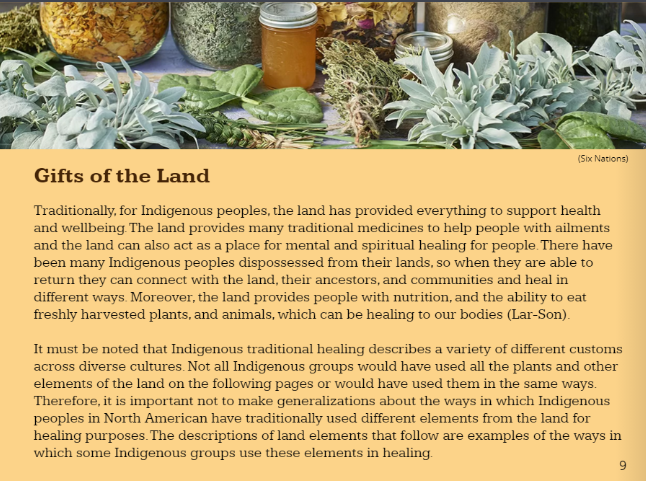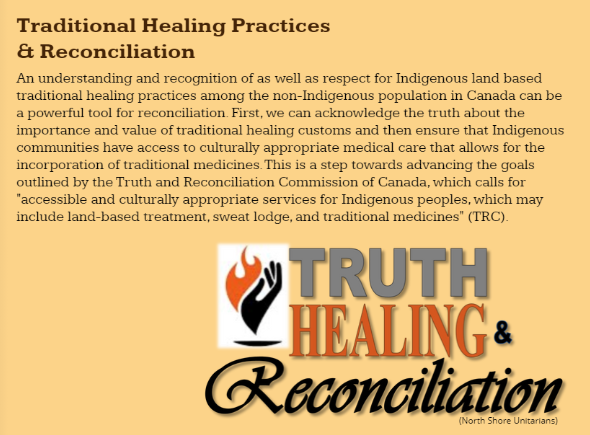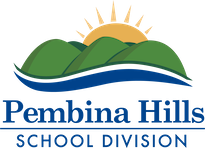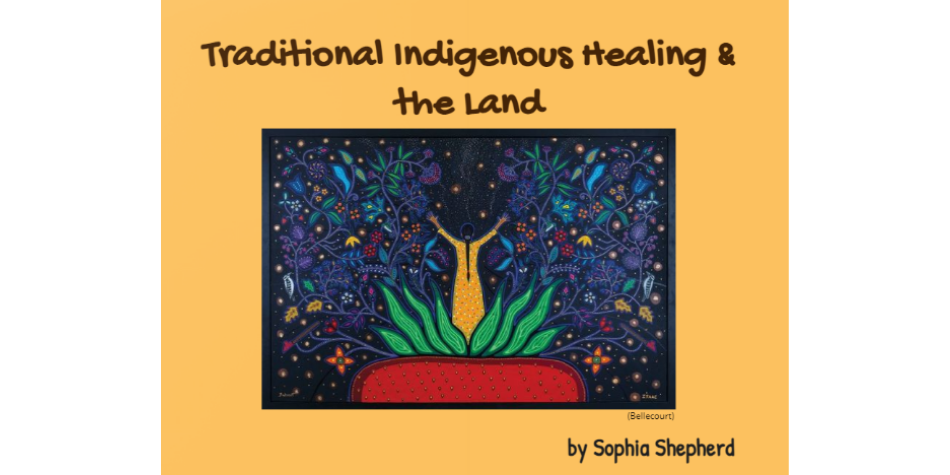Pembina Hills division leaders and school principals meet once a month to review and discuss various administrative and management logistics. They also use the time together to grow professionally through collaborative learning. Over the last two years Pembina Hills leaders have delved into the characteristics of leadership as defined in the Alberta Education Leadership Quality Standard.
Assistant Superintendent Mark Thiesen says, “One of the listed competencies focuses on Supporting the Application of Foundational Knowledge about First Nations, Métis and Inuit. We have intensified our learning on that competency by examining the themes: Identity, Teachings and Learning From the Land.”
Learning Resources
Pembina Hills education leaders typically use resources provided by professional organizations such as the Alberta Teachers’ Association (ATA) or the College of Alberta School Superintendents (CASS). At their January 2021 meeting, division leaders and school principals reviewed and discussed a book created by a high school student. The book “Traditional Indigenous Healing & the Land” was written by ADLC student Sophia Shepherd as part of her Aboriginal Studies 30 course.
“The book has the content we wanted to explore and because it was written by a current student, we could use it to compare the experiences with indigenous ways of knowing that today’s young people have to the experiences we had when we were her age,” said Thiesen.
While the book touches on many aspects of Indigenous understanding, Sophia is clearly fascinated by what the land can teach. She says, “I learned about many elements of the land that can be used to support healing—physically, mentally and spiritually. This taught me about the holistic approach to healing that Indigenous people have and emphasized for me how central the land is to Indigenous peoples’ cultures and ways of life.”

Responses to the book
Principals and leaders engaged in a discussion about the book, focusing on these questions:
- What struck you about how this young person’s perspective is different than yours was when you were her age (16-18 years old)?
- What does this say about the progress we are making toward reconciliation?
- What did you find intriguing about the book? (content, quality, the assignment, etc.)
Many responded with stories of their own experiences and interactions with Indigenous culture. Some, who grew up in closer proximity to Indigenous communities, recalled times when Indigenous neighbors were ‘harvesting’ naturally occurring species around their property. To them, this book was a reminder of those childhood observations, and it also provoked a reflection on the deeper meaning behind the actions of their Indigenous neighbors – something few really understood at the time.
Others talked about how during the time they grew up, the common opinion about Indigenous people was far less respectful. We were humbled by the sincerity of Sophia’s work, and while some are still somewhat ashamed of our past, we were pleased to see how opinions and thoughts have changed.
The principals noted how much more hopeful the outlook for Indigenous culture can be because of the perspectives that students like Sophia form in the current environment. When Sophia and her peers become adults and gain positions of authority, the decisions they make will be much more respectful and growth oriented.

Supporting reconciliation in our schools
Indigenous learning opportunities such as this will continue to bring more depth and clarity to conversations about strategies that the division and schools continue to develop as part of education’s role on the path to reconciliation. We want to thank Sophia for allowing us to use her work as a means to provoke genuine introspection on past and current mindsets.
Thiesen says, “This was a very powerful learning experience for our team of school principals. We are confident that the learning inspired by our dialogue about this book will have momentum as our principals lead conversations with their staff. This momentum will then carry on with the staff who guide student learning at all levels.”

